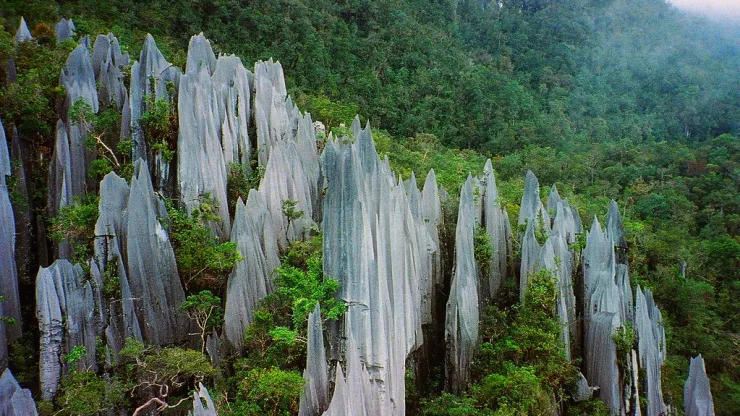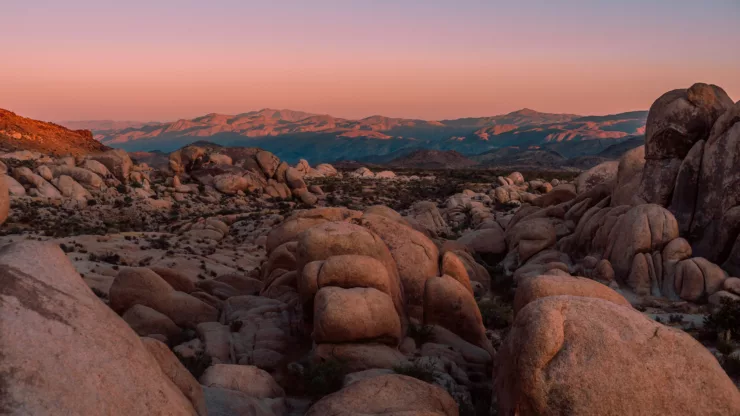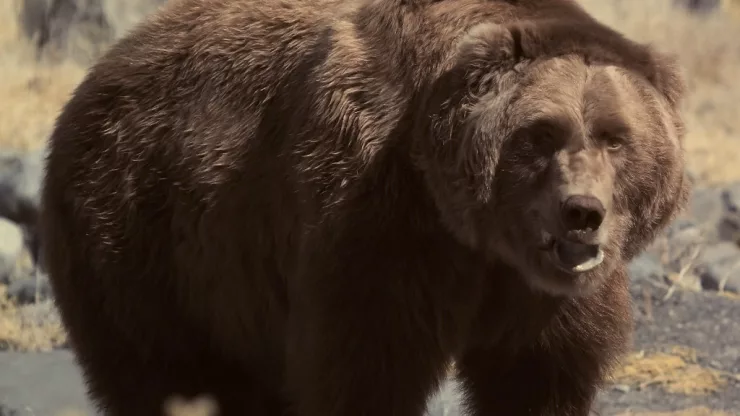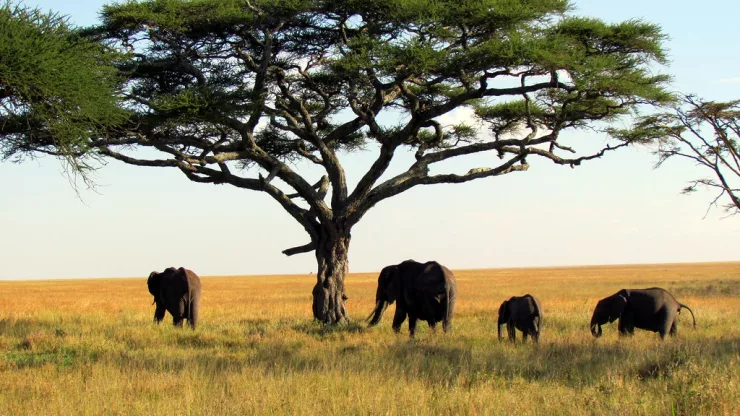Jump to Section
Discovering the Hidden Gems of Mulu National Park
Mulu National Park is a UNESCO World Heritage site located in Sarawak, Malaysia.
The park covers an area of over 500 square kilometers and is known for its magnificent caves, limestone pinnacles, and pristine rainforest.
However, the park is also home to some of the most exotic and rare wildlife in the world.
From the endangered Bornean orangutan to the smallest frog in the world, Mulu National Park is a treasure trove of biodiversity waiting to be explored.
A Walkthrough of the Diverse Flora and Fauna
Mulu National Park is blessed with a rich diversity of flora and fauna.
The park is home to over 3,500 species of plants, 109 species of mammals, and 580 species of birds.
Some of the notable plant species found in the park include the Rafflesia, the world’s largest flower, and the pitcher plant, which is carnivorous.
The park is also home to numerous species of butterflies, beetles, and ants, making it a paradise for insect enthusiasts.
Uncovering the Secrets of Mulu’s Wildlife Habitats
Mulu National Park is divided into several distinct habitats, each with its unique wildlife.
The park’s rainforests are home to the Bornean orangutan, the clouded leopard, and the sun bear.
The park’s caves are home to a variety of species of bats, including the rare Wrinkle-lipped bat.
The park’s rivers and streams are home to several species of freshwater fish, while the park’s limestone pinnacles are home to several species of birds, including the white-crowned hornbill.
Witnessing the Majestic Creatures of Mulu’s Rainforest
Mulu National Park’s rainforest is a sight to behold.
The canopy towers over 50 meters high, providing a habitat for several species of primates, including the Bornean orangutan, gibbons, and macaques.
The park’s forest floor is home to several species of deer, wild boar, and the elusive clouded leopard.
The park’s rivers and streams are home to several species of freshwater fish, while the park’s limestone pinnacles are home to several species of birds, including the white-crowned hornbill.
FAQ
What is the best time to visit Mulu National Park?
The best time to visit Mulu National Park is between March and September when the weather is dry and the park’s wildlife is most active.
Can I explore the park on my own?
No, visitors are not allowed to explore the park on their own. To explore the park, visitors must hire a guide.
Are there accommodations available in the park?
Yes, there are several accommodations available in the park, including a hostel, guesthouses, and chalets.
What are some of the activities available in the park?
Some of the activities available in the park include guided tours of the caves and rainforest, trekking, and bird watching.
How do I get to Mulu National Park?
The park is accessible by air from Miri or Kota Kinabalu. There are daily flights to Mulu from these cities.
I’m a nature enthusiast and creator of Metro Wilds and have spent years exploring the great outdoors.
With a passion for environmental conservation and sustainability, I have dedicated my career to writing about the beauty and wonders of nature, as well as the threats facing our planet.
Contact me at [email protected] for assistance.





